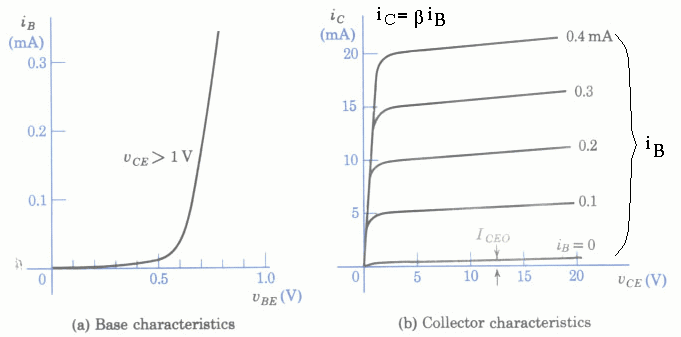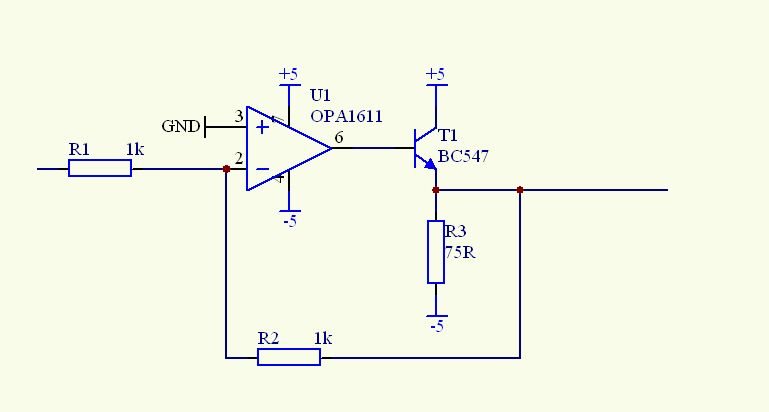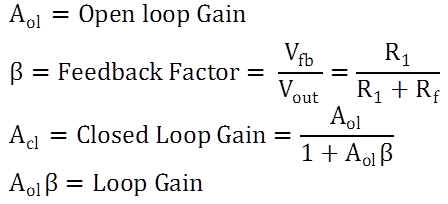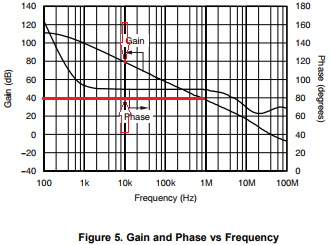Other Parts Discussed in Thread: OPA1612, OPA1622
We have a question for the OPA1611 amplifeir:
and the graph of Figure 7. THD+N Ratio vs Frequency.
It shows that amplifier distortions are higher for the load resistance of
600 Ohm than for 2 kOhm. Can you please explain what the reasons are for
this behaviour ? Is it e.g. due to the amplifier being forced to work with
bigger voltage difference at the inputs (to drive the amp properly to
provide the higher output current) ?.
In our case we need to handle low
resistance loads in the region of a few hundred Ohm. Is it a good idea in
order to achieve distortion reduction to use a simple wtórnik_emiterowy like
that (using a low-noise transistor and RE of 75 Ohm) ?
http://www.piclist.com/images/ca/ualberta/phys/www/http/~gingrich/phys395/notes/img630.gif
I would aprreciate an answer possibly soon as tho is the last missing bit to finalize our PCB design.
Regards, Pawel





